You’ve done it. You’ve chosen the perfect tank, you’ve set up your substrate and hardscape, and you’ve watched your first plants take root. Your new low-tech aquascape is coming to life, and now it’s time for the most exciting part: choosing the inhabitants.
Finding the best fish for a low-tech planted tank involves more than just picking pretty colors; it’s about creating a balanced, peaceful ecosystem where both plants and animals can thrive without complicated equipment. It’s about choosing residents who will appreciate the serene, stable environment you’ve so carefully cultivated.
I’ve spent years stocking, observing, and learning the nuances of these beautiful, self-sustaining tanks. Today, I’m going to share my top 10 favorite fish that are perfectly suited for this environment, ensuring your beautiful aquascape becomes a vibrant, harmonious, and stress-free home.
What Makes a Fish Great for a Low-Tech Planted Tank?
The best fish for a low-tech planted tank almost always share three important traits: they are peaceful, they have a low bioload, and they are hardy enough to handle the stable but less-managed water parameters of a non-CO2 setup.
- Peaceful Temperament: Your tank is a tranquil garden, not a battleground. We want fish that will coexist happily without bullying, fin-nipping, or excessive territorial disputes.
- Low Bioload: “Bioload” is simply the amount of waste a fish produces. In a low-tech tank, our filtration is primarily natural. Choosing fish with a low bioload prevents the system from being overwhelmed with ammonia.
- Hardy and Undemanding: These fish should be tolerant of a stable range of water parameters without needing the hyper-specific conditions that some delicate species require.
Also Read: The 12 Best Plants for a Low-Tech Aquarium (2025 Guide)
Also Read: Aquarium Size & Shape: A Beginner’s Guide to Choosing the Right Tank (2025)
Understanding Bio-Load in a Low-Tech Tank
This concept is critical for low-tech success. Every fish you add contributes to the bioload. In a high-tech tank with a powerful canister filter, you have more leeway. In our low-tech ecosystems, we rely on our plants and a smaller bacterial colony to process waste. Therefore, choosing smaller, more efficient fish is paramount. A school of tiny Ember Tetras produces a fraction of the waste of a single, large Angelfish, making them a far better choice for the long-term health and stability of your setup. Always stock slowly and never overcrowd your tank.
The Best Bottom-Dwelling Fish for Your Low-Tech Tank
Let’s start from the ground up. These bottom-dwellers are the heart of your cleanup crew, providing fascinating behavior and helping to keep your substrate tidy.
1. Pygmy Corydoras (Corydoras pygmaeus)
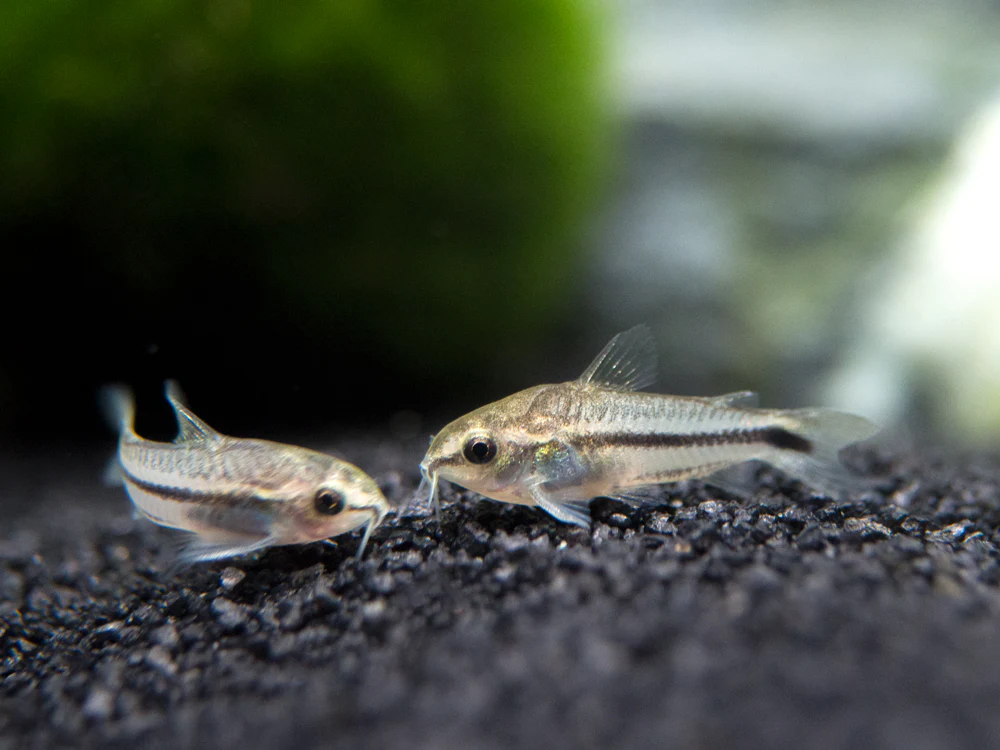
Pygmy Corydoras: At-a-Glance
- Temperament: Peaceful Schooling Fish
- Adult Size: Under 1 inch
- Tank Level: Bottom
- Minimum School Size: 6+
- Plant Safe? 100% Yes
These are, without a doubt, one of my favorite nano fish. Unlike their larger cousins that bulldoze through substrate, Pygmy Cories are delicate and dainty. They are a true schooling fish and are incredibly charming to watch as they sift through the sand in a tight-knit group. They stay very small (under an inch), have a minuscule bioload, and are completely peaceful. They are not known to nip at, eat, or uproot any plants. Keep them in a school of at least 6-8 for them to feel secure.
2. Otocinclus Catfish (Otocinclus vittatus)
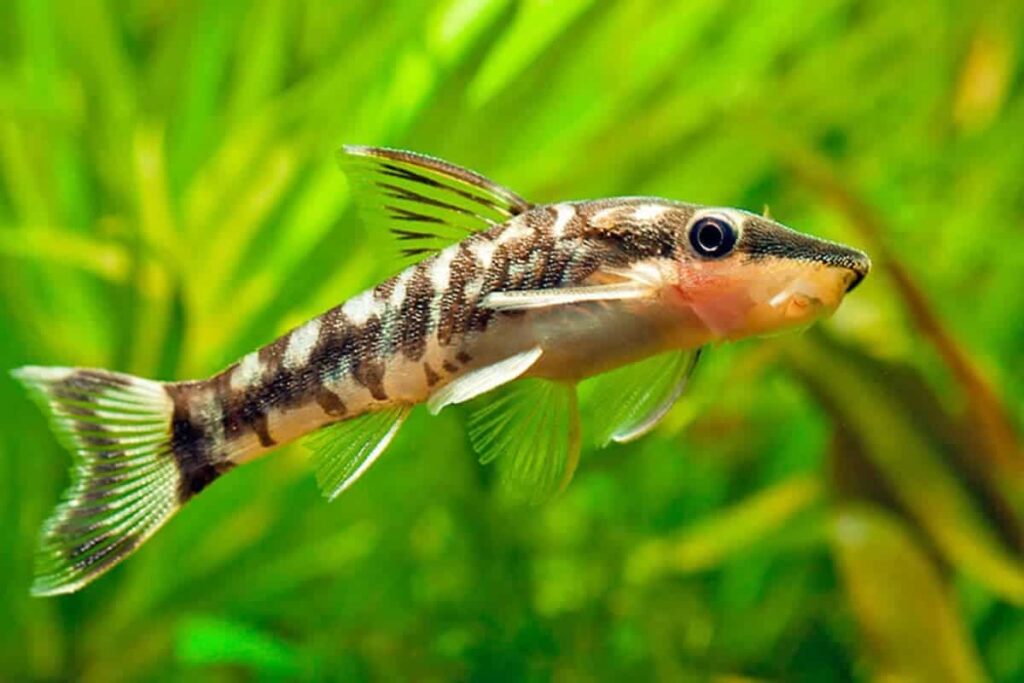
Otocinclus Catfish: At-a-Glance
- Temperament: Peaceful Schooling Fish
- Adult Size: ~1.5 inches
- Tank Level: Bottom / Glass / Leaves
- Minimum School Size: 5+
- Plant Safe? 100% Yes
If you want an algae-eater, look no further. The Otocinclus, or “Oto,” is a small, peaceful catfish that specializes in eating soft green algae and biofilm. They are the perfect members of a cleanup crew for a mature planted tank. It’s crucial to buy them from a good source and introduce them to a stable tank that already has some algae and biofilm for them to eat. A school of 5-6 will happily graze all day without bothering anyone.
3. Kuhli Loach (Pangio kuhlii)
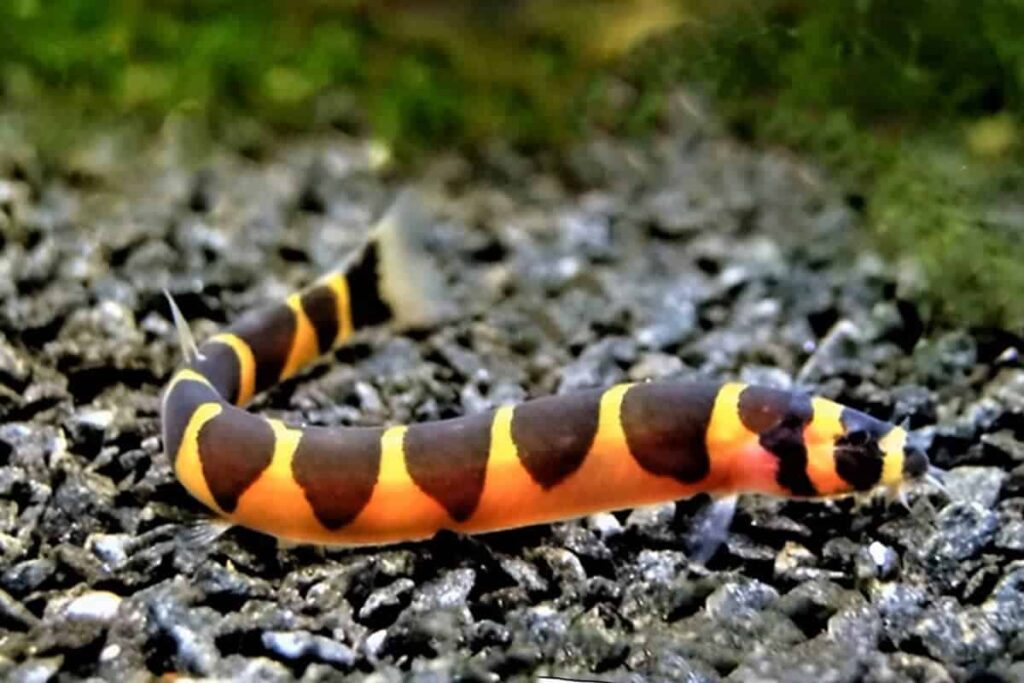
Kuhli Loach: At-a-Glance
- Temperament: Peaceful & Shy
- Adult Size: ~3-4 inches
- Tank Level: Bottom
- Minimum Group Size: 3-5+
- Plant Safe? 100% Yes
For a touch of the exotic, the Kuhli Loach is an amazing choice. These shy, eel-like bottom-dwellers are fascinating to watch as they burrow and weave through plants and hardscape. They are nocturnal by nature but will often come out during the day once they feel comfortable. They are fantastic scavengers, cleaning up any uneaten food that reaches the bottom. A soft, sandy substrate is essential for them to protect their delicate bodies.
Our Top Mid-Water Schooling Fish for Low-Tech Setups
This is where you’ll get that classic, mesmerizing “schooling” effect that brings so much life and movement to an aquascape.
4. Ember Tetra (Hyphessobrycon amandae)
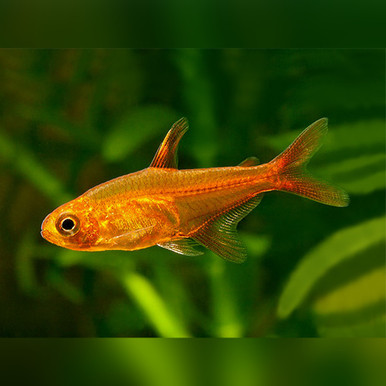
Ember Tetra: At-a-Glance
- Temperament: Peaceful Schooling Fish
- Adult Size: Under 1 inch
- Tank Level: Mid-water
- Minimum School Size: 8-10+
- Plant Safe? 100% Yes
One of the best fish for a low-tech planted tank, especially a nano tank, is the stunning Ember Tetra. Their small size means they have an incredibly low bioload. Their fiery orange-red color creates a breathtaking contrast against lush green plants, and their peaceful temperament makes them ideal inhabitants that won’t overwhelm your natural filtration. A school of 10-15 in a 10 or 20-gallon tank is a truly beautiful sight.
5. Harlequin Rasbora (Trigonostigma heteromorpha)
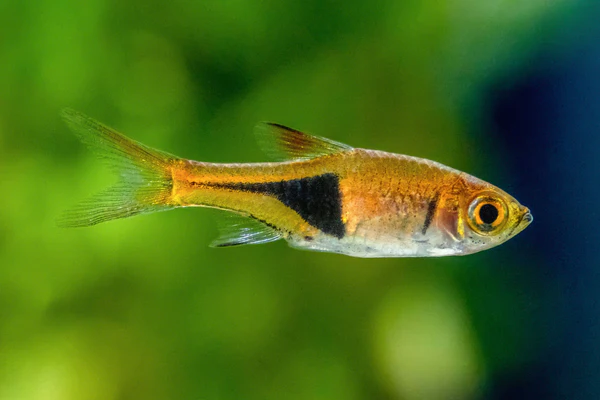
Harlequin Rasbora: At-a-Glance
- Temperament: Peaceful Schooling Fish
- Adult Size: ~1.5 inches
- Tank Level: Mid-water
- Minimum School Size: 6+
- Plant Safe? 100% Yes
A classic for a reason. Harlequin Rasboras are slightly larger than Ember Tetras, making them a great choice for a 20-gallon tank. Their striking black triangular patch and orange-pink bodies are iconic. They are incredibly hardy, peaceful, and exhibit tight schooling behavior that is a joy to observe. They are an undemanding and beginner-friendly choice that adds a touch of class to any aquascape.
6. Celestial Pearl Danio (Danio margaritatus)
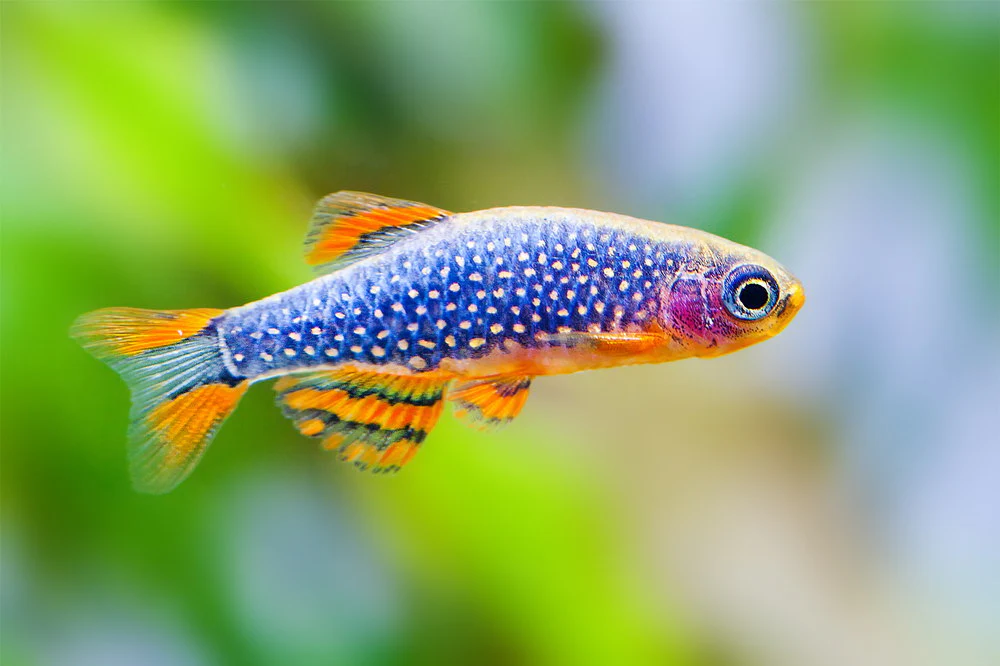
Celestial Pearl Danio: At-a-Glance
- Temperament: Peaceful Shoaling (can be shy)
- Adult Size: ~1 inch
- Tank Level: Mid-water
- Minimum School Size: 6+
- Plant Safe? 100% Yes
Often called CPDs or Galaxy Rasboras, these fish are absolute jewels. They are small, shy fish with a stunning pattern of iridescent gold spots on a deep blue body and red fins. They prefer a heavily planted tank where they can feel secure. While a bit more timid than others on this list, once they settle in, they are a breathtaking addition. They are perfect for a species-focused nano tank or a peaceful community.
7. Neon Tetra (Paracheirodon innesi)
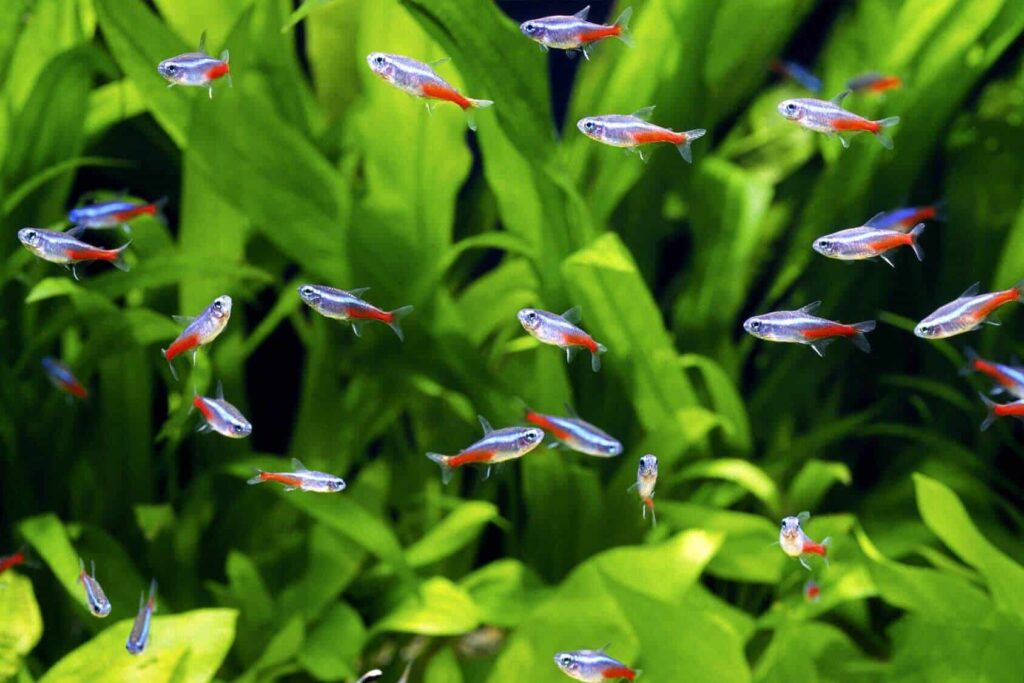
Neon Tetra: At-a-Glance
- Temperament: Peaceful Schooling Fish
- Adult Size: ~1.5 inches
- Tank Level: Mid-water
- Minimum School Size: 8+
- Plant Safe? 100% Yes
No list would be complete without the Neon Tetra. Their electric blue stripe is often the first thing that draws people into the hobby. They are hardy, readily available, and their bright colors look incredible in a planted tank. While generally peaceful, it’s worth noting they are best kept in a proper school (8+) to ensure they feel secure and to minimize any rare fin-nipping tendencies.
Ideal Top-Dwelling Fish for a Low-Tech Planted Aquarium
Don’t forget the upper levels of your tank! These fish bring color and activity right to the water’s surface.
8. Guppy / Endler’s Livebearer (Poecilia reticulata/wingei)
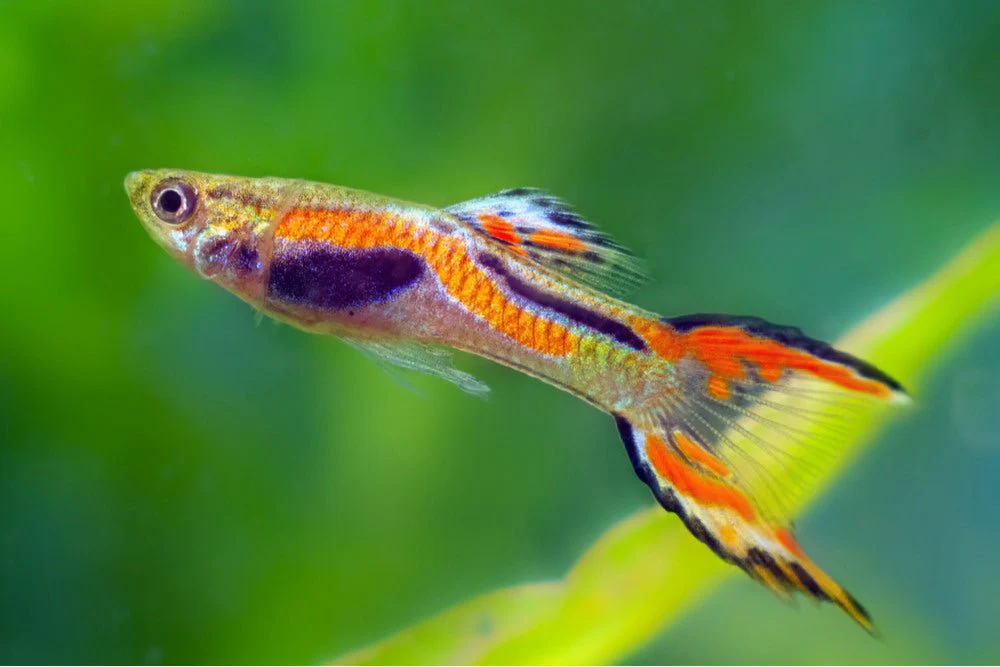
Guppy / Endler: At-a-Glance
- Temperament: Peaceful & Active
- Adult Size: ~1.5 – 2.5 inches
- Tank Level: Top
- Minimum Group Size: Best kept in groups; ratios matter
- Plant Safe? 100% Yes
When considering beginner-friendly fish for your planted aquarium, Guppies and their cousins, Endler’s Livebearers, are always at the top of the list. They bring incredible color and activity to the top levels of the water column. The males, in particular, come in an endless variety of vibrant colors. They are extremely hardy and undemanding. Just be aware: they are livebearers, meaning they will breed prolifically. If you don’t want to be overrun with fry, it’s best to keep males only.
9. Chili Rasbora (Boraras brigittae)
Chili Rasbora: At-a-Glance
- Temperament: Peaceful Schooling Fish
- Adult Size: ~0.7 inches
- Tank Level: Top / Mid-water
- Minimum School Size: 8-10+
- Plant Safe? 100% Yes
If you thought Ember Tetras were small, meet the Chili Rasbora. These are true micro fish, often maxing out at just over half an inch. Their fiery red color is absolutely stunning, but they can be shy. They are the perfect choice for a heavily planted nano tank where their small size won’t get lost. A school of these tiny jewels darting between plant leaves is a sight to behold.
10. A Single Betta (Betta splendens) – With Considerations
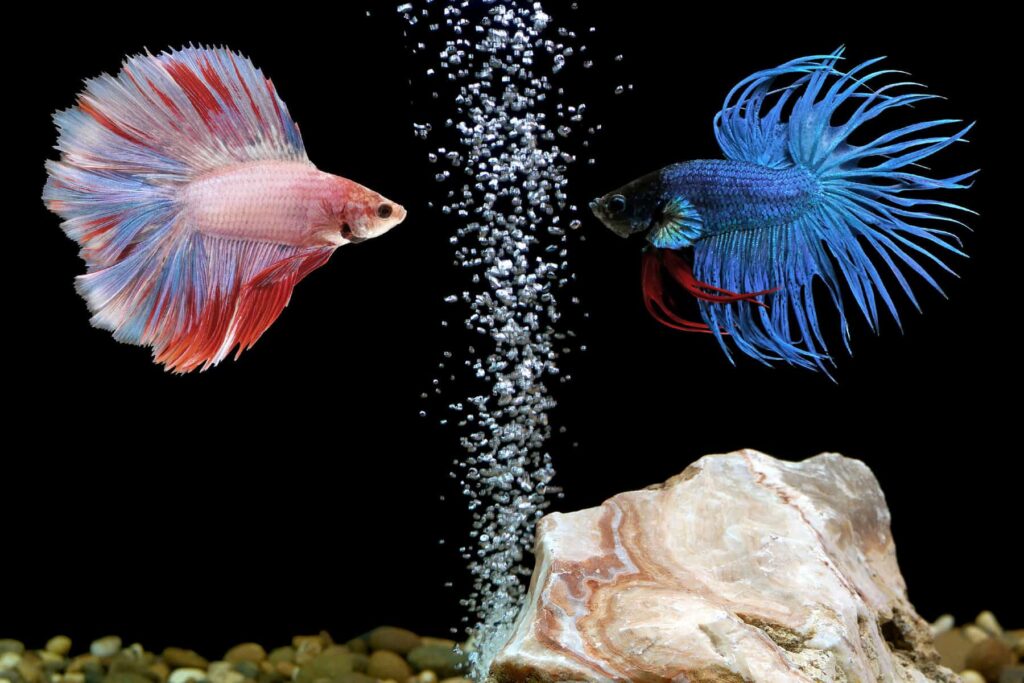
Betta: At-a-Glance
- Temperament: Peaceful (Conditionally)
- Adult Size: ~3 inches
- Tank Level: All Levels (often rests near top)
- Minimum Group Size: 1 (as a centerpiece)
- Plant Safe? 100% Yes
So, is a Betta one of the best fish for a low-tech planted tank? The answer is a resounding yes, but with a few important considerations. A single male Betta can be a perfect centerpiece, appreciating the cover and resting spots that live plants provide. They are intelligent, interactive, and stunningly beautiful. The key is to choose tank mates carefully. Avoid anything with long, flashy fins (like Guppies) and anything known to be a fin-nipper. Peaceful bottom-dwellers like Pygmy Cories—who will love resting on the broad leaves of plants like Anubias Nana—often make excellent tank mates.
Fish to AVOID in a Low-Tech Planted Tank
Just as important as knowing what to add is knowing what to avoid. Steer clear of these common mistakes:
- Goldfish, Oscars, or other Large Cichlids: They produce a massive bioload and will destroy your beautiful, carefully chosen plants.
- Common Plecos: They grow into 2-foot-long monsters that are completely unsuitable for any standard home aquarium.
- Aggressive Barbs: Tiger Barbs and others are notorious fin-nippers that will terrorize a peaceful community.
- Most Cichlids: While some dwarf cichlids can work, most are too territorial and aggressive for a peaceful low-tech setup.
Example Stocking Plan for a 10-Gallon Low-Tech Tank
Here is a simple, balanced stocking plan that would be beautiful and stable:
- Bottom-Dwellers: 6 x Pygmy Corydoras
- Mid-Water: 8 x Ember Tetras
- Cleanup Crew: 3 x Nerite Snails and 5 x Cherry Shrimp
This combination utilizes all levels of the tank, maintains a low bioload, and provides a wonderful mix of color and activity.
Frequently Asked Questions About Fish in Low-Tech Tanks
How many fish can I put in my 10-gallon low-tech tank?
There’s no magic number, but the key is to understock. The “one inch of fish per gallon” rule is a very rough starting point. For low-tech tanks, it’s better to think in terms of bioload. The example stocking plan above is a great, safe maximum for a 10-gallon.
Do I need to quarantine new fish?
Yes, always. Quarantining new fish in a separate small tank for 2-4 weeks is the single best way to prevent introducing diseases into your beautiful, established main tank.
Can I keep shrimp with these fish?
Absolutely. Amano Shrimp and larger Cherry Shrimp are generally safe with the small, peaceful fish on this list. However, be aware that even the most peaceful fish might eat a baby shrimp if it gets the chance. Provide plenty of moss and other cover for the shrimp to feel secure.
Will these fish eat my plants?
No. The fish on this list are carnivores or omnivores and will not eat your healthy plants. The Otocinclus will eat algae off the leaves, which is a huge benefit for any aquascaper. The only “damage” you might see is a Corydora accidentally uprooting a new, shallowly planted stem, which is easily fixed.

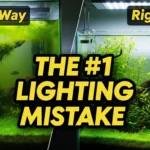








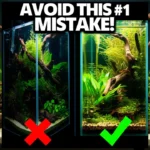
1 thought on “The 10 Best Fish for a Low-Tech Planted Tank (2025 Guide)”